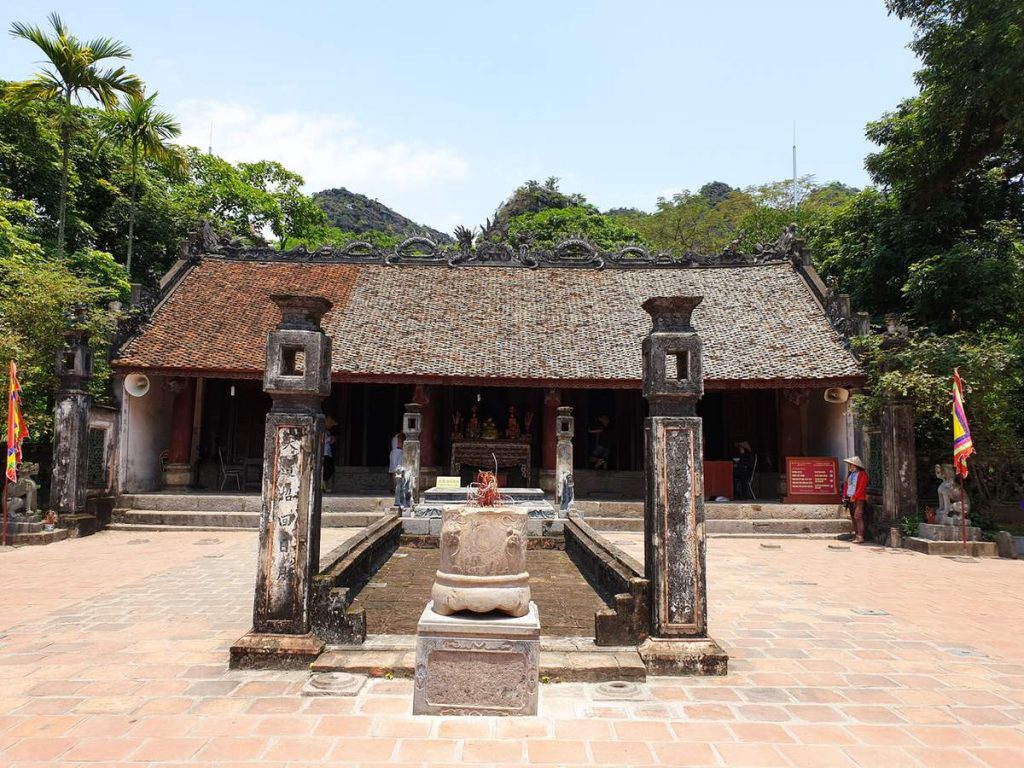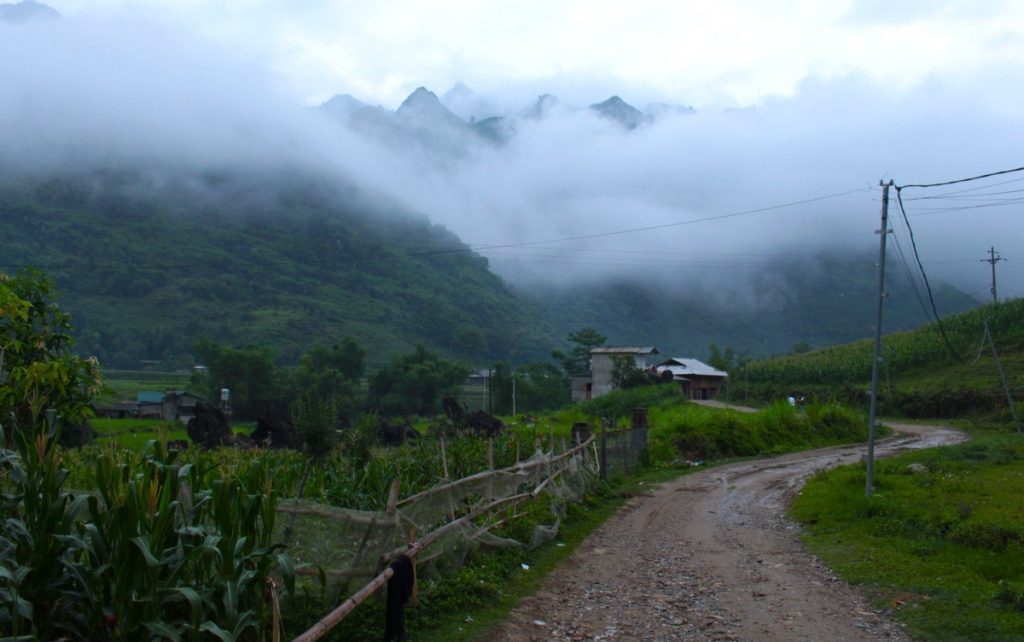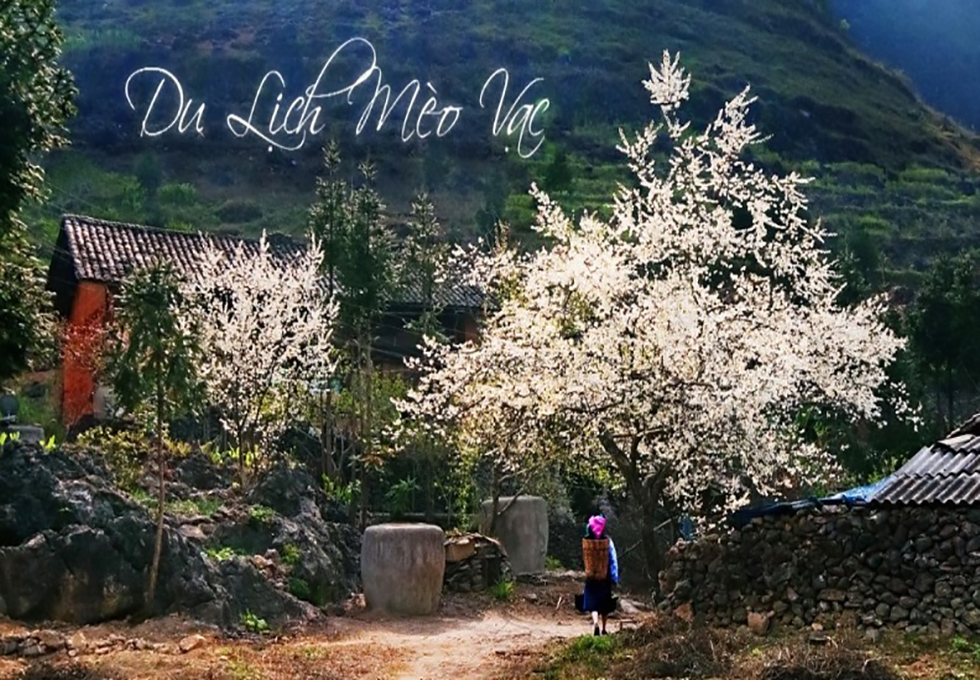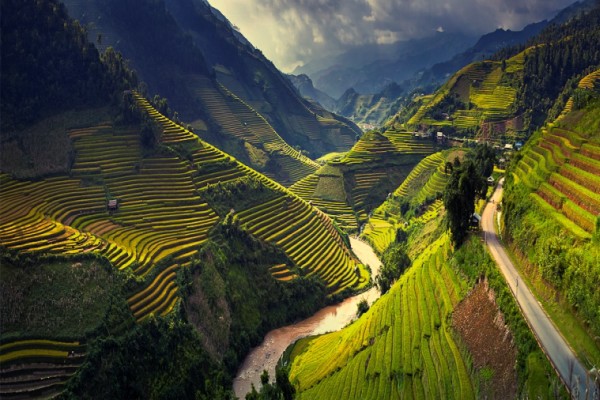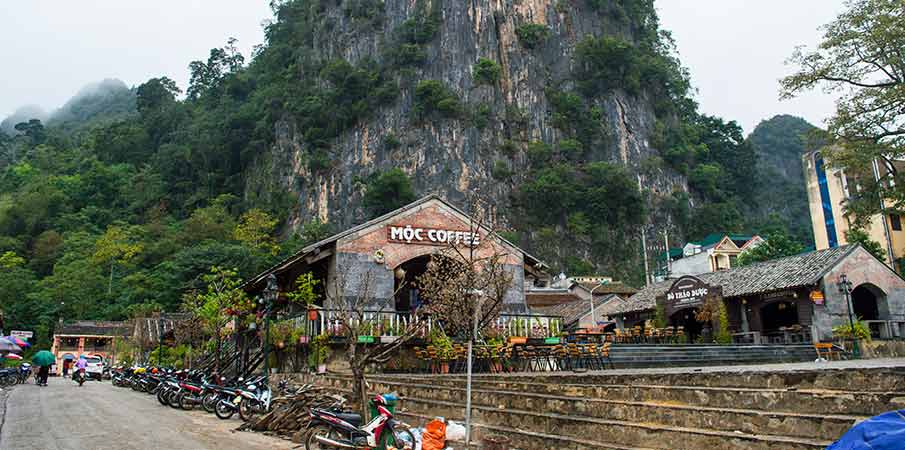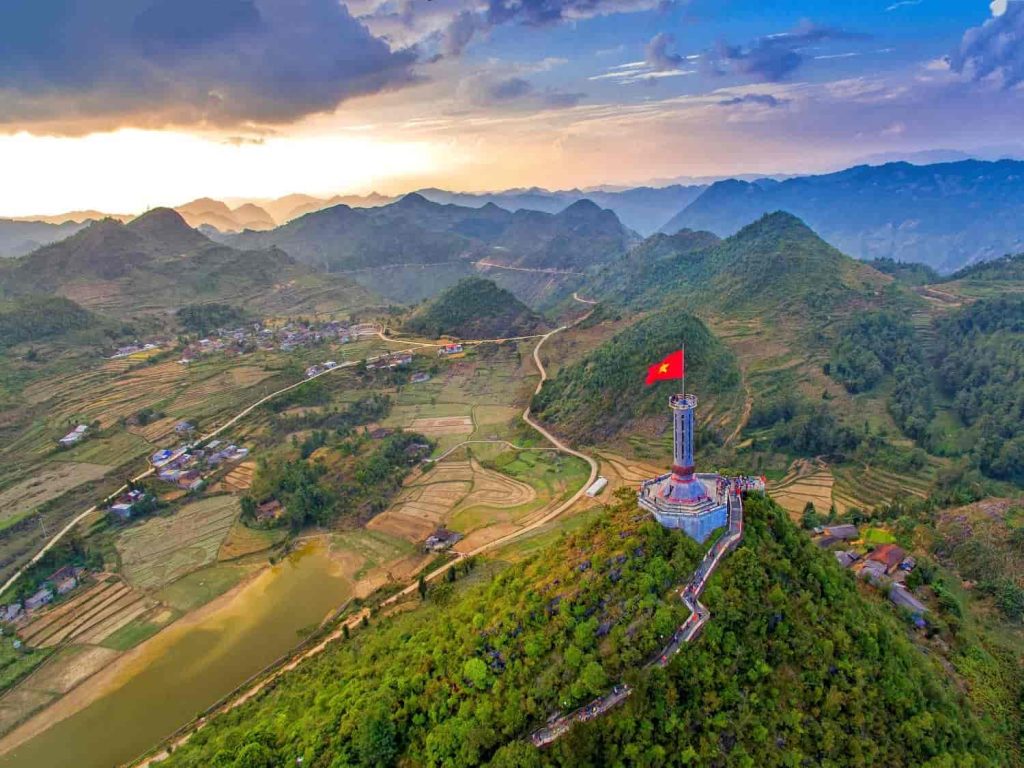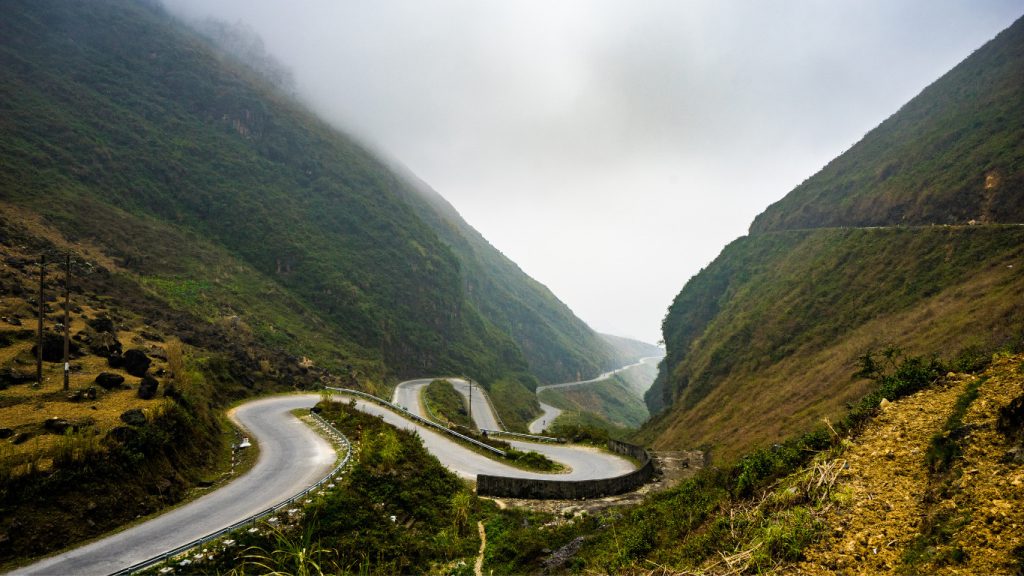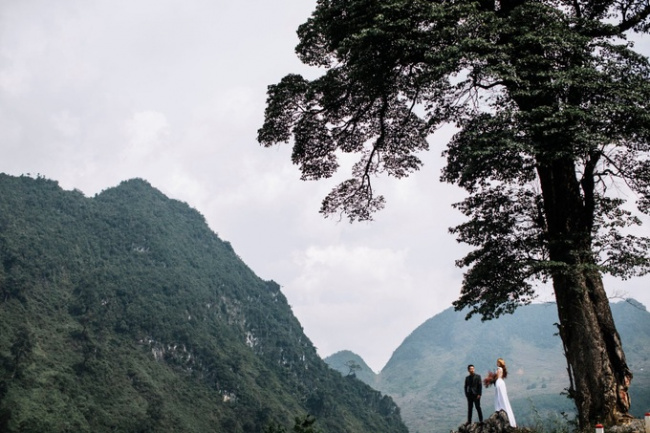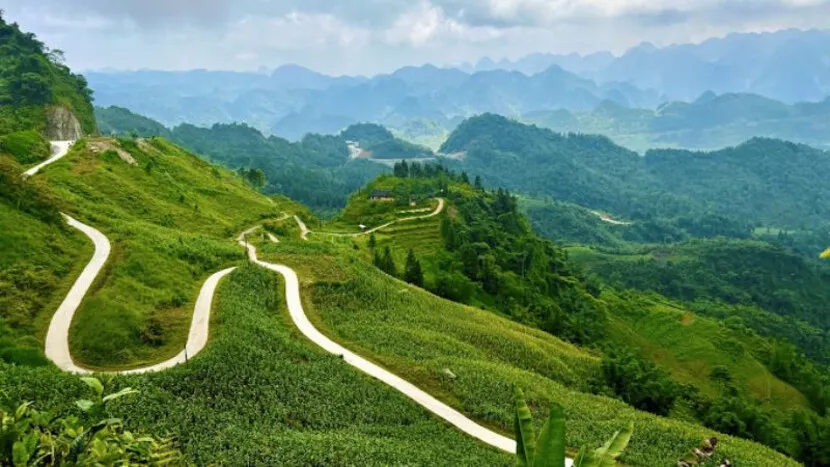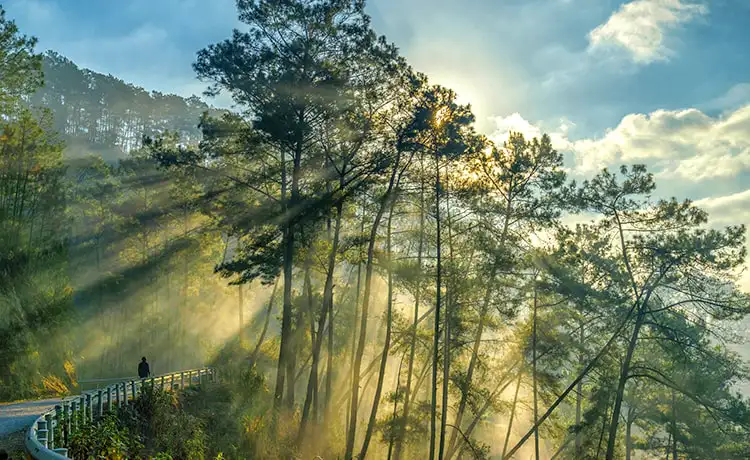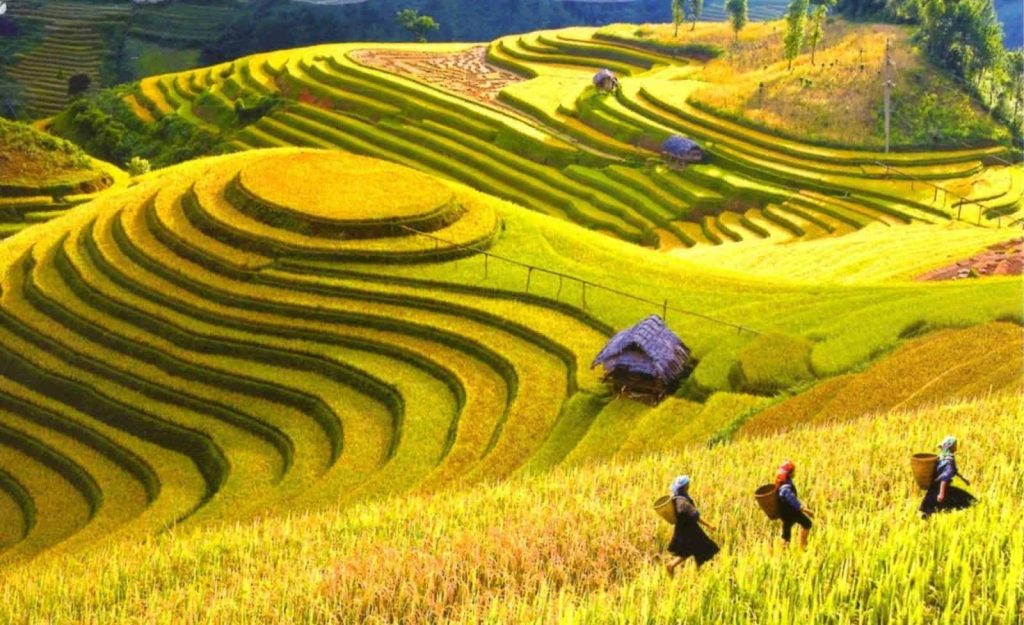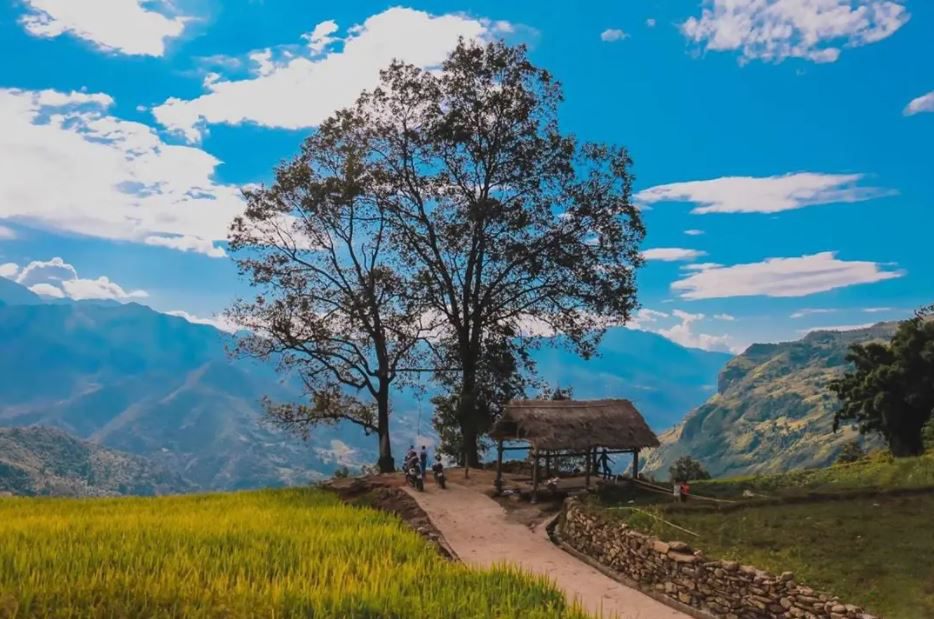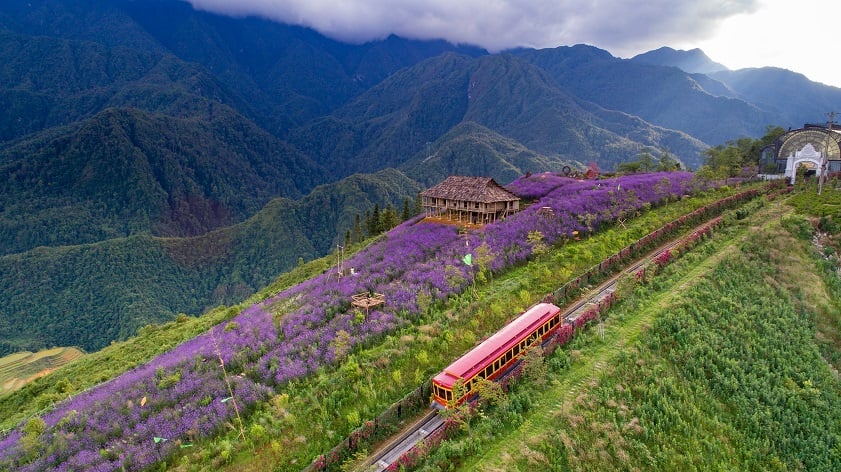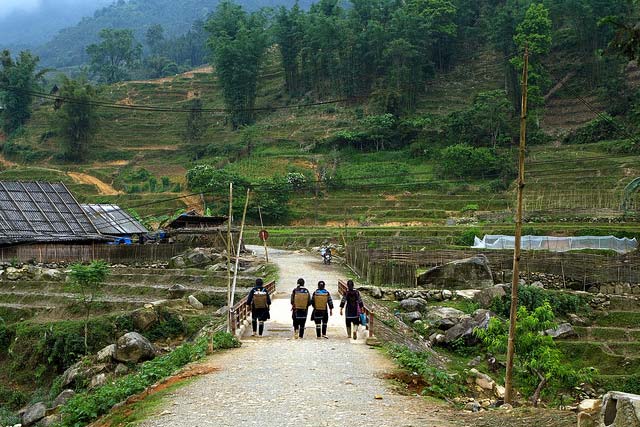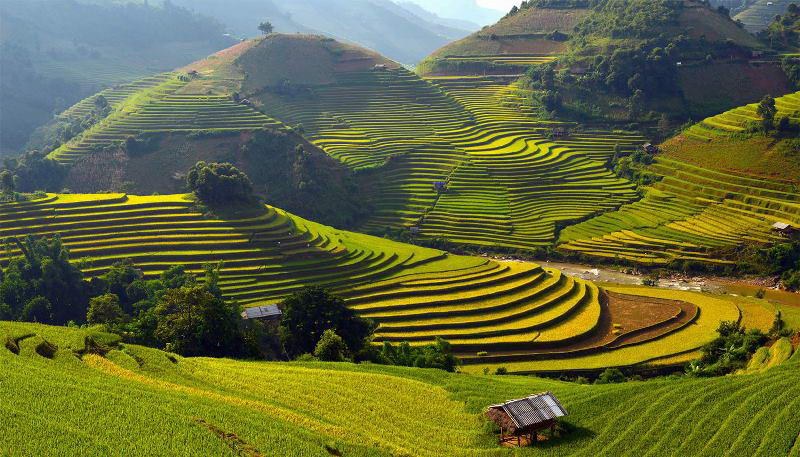Ha Giang – A guide basic for the trip
Ha Giang, located in the northernmost part of Vietnam, is a province known for its stunning landscapes and cultural diversity. It borders China and is renowned for its rugged mountains, deep valleys, and winding roads that offer spectacular views. Ha Giang is home to various ethnic minority groups, each with its own distinct traditions, costumes, and languages. Visitors to Ha Giang can explore picturesque terraced rice fields, visit traditional villages, and experience the unique lifestyles of the local communities. The province is also famous for the Dong Van Karst Plateau Geopark, recognized by UNESCO for its geological significance and cultural heritage.
I. When is the best time to visit Ha Giang Vietnam?
The best time to visit Ha Giang in Vietnam is typically from late September to early November, and from March to April. During these periods, the weather is generally mild and dry, with clear skies and comfortable temperatures, making it ideal for exploring the stunning landscapes and cultural diversity of the region.
- Late September to Early November: This is considered the best time due to the mild temperatures and stunning autumn foliage. The terraced rice fields are often at their most vibrant green, creating picturesque landscapes.
- March to April: Another excellent time to visit, when spring arrives and the flowers bloom, adding bursts of color to the scenery. The weather is pleasant for outdoor activities and sightseeing.
Avoid visiting during the rainy season, which typically lasts from May to September. Heavy rainfall during this period can lead to slippery roads and less visibility of the scenic landscapes, which may affect the overall experience.
For those interested in local festivals and cultural experiences, timing your visit to coincide with festivals like the Khau Vai Love Market in April or the Buckwheat Flower Festival in October can provide unique insights into the traditions and customs of the ethnic communities in Ha Giang.
Overall, planning your visit to Ha Giang during the dry seasons of late autumn and early spring ensures the best weather conditions and opportunities to fully appreciate the natural beauty and cultural richness of this northern Vietnamese province.
II. What to do in Ha Giang?
In Ha Giang, there are plenty of activities to immerse yourself in the stunning landscapes, rich culture, and unique experiences offered by this northern Vietnamese province. Here are some of the top things to do in Ha Giang:
- Explore Dong Van Karst Plateau Geopark: This UNESCO-listed geopark is a must-visit, renowned for its geological formations, scenic landscapes, and cultural diversity. Explore the ancient rock formations, visit ethnic minority villages, and enjoy breathtaking views from places like Ma Pi Leng Pass.
- Visit Ethnic Minority Villages: Ha Giang is home to several ethnic minority groups such as the H’mong, Tay, Dao, and Lo Lo. Visit local villages to learn about their traditional customs, costumes, and daily life. You can stay overnight in homestays to experience authentic hospitality and cultural immersion.
- Drive the Scenic Loop: Take a motorbike or car trip along the Ha Giang Loop, which includes stunning routes like the Quan Ba Heaven’s Gate, Lung Cu Flag Tower (the northernmost point of Vietnam), and the breathtaking Ma Pi Leng Pass. These roads offer panoramic views of terraced rice fields, valleys, and towering limestone mountains.
- Trekking and Hiking: Ha Giang offers excellent opportunities for trekking and hiking enthusiasts. Explore trails that lead through terraced fields, forests, and remote villages. Some popular trekking routes include Nam Dam Village, Hoang Su Phi terraced fields, and the trails around Dong Van and Meo Vac districts.
- Attend Local Festivals: If your visit coincides with a local festival, such as the Khau Vai Love Market in April or the Buckwheat Flower Festival in October, don’t miss the chance to witness traditional rituals, music, dance, and ethnic handicrafts.
- Experience Local Cuisine: Sample local dishes such as thang co (a traditional soup made from horse meat), grilled dishes, and ethnic minority specialties. Ha Giang is known for its fresh produce and unique flavors influenced by its diverse ethnic communities.
- Photography: Whether you’re an amateur or professional photographer, Ha Giang offers countless opportunities for stunning landscape and cultural photography. Capture the sunrise over terraced fields, the vibrant markets, and the daily life of ethnic minorities.
- Relax and Enjoy Nature: Take time to relax amidst the serene natural surroundings of Ha Giang. Enjoy leisurely walks, picnics by rivers or waterfalls, and moments of tranquility in this unspoiled part of Vietnam.
Ha Giang’s beauty lies in its raw landscapes, rich cultural tapestry, and the warmth of its people. Exploring this province allows you to experience Vietnam beyond the usual tourist trails, making it a truly memorable destination for travelers seeking adventure and authenticity.
III. How to get to Ha Giang from Hanoi?
To travel from Hanoi to Ha Giang, you have several transportation options depending on your preferences for comfort, time, and budget:
- By Bus:
– Public Bus: You can take a public bus from Hanoi to Ha Giang. Buses depart from several bus stations including My Dinh, Giap Bat, and Gia Lam. The journey takes approximately 6 to 8 hours depending on road conditions and stops along the way. Ticket prices range from budget to mid-range, offering a cost-effective option for travelers.
– Sleeper Bus: Sleeper buses are also available, offering more comfort with reclining seats or beds. They typically depart in the evening, allowing you to sleep during the journey and arrive in Ha Giang early in the morning.
- By Private Car or Taxi: Renting a private car or hiring a taxi provides flexibility and convenience, especially if you prefer a direct and quicker journey. It takes about 6 to 7 hours to reach Ha Giang from Hanoi by car. You can arrange this through travel agencies, tour operators, or car rental services in Hanoi.
- By Motorbike: For adventurous travelers, renting a motorbike in Hanoi and riding to Ha Giang offers a thrilling experience. The journey takes around 6 to 8 hours, depending on your route and stops. It’s essential to have experience riding a motorbike and be prepared for mountainous roads and changing weather conditions.
- By Train and Bus Combination: Another option is to take a train from Hanoi to Lao Cai (about 8 hours), and then transfer to a bus from Lao Cai to Ha Giang (approximately 5 to 6 hours). This route allows you to break up the journey and enjoy scenic views along the way.
By the way, a new beautiful place called Ha Giang loop which is very interesting, check this out: https://www.getyourguide.com/hanoi-l205/from-hanoi-3-day-ha-giang-loop-small-group-t739208
For Lan Ha Bay & Halong Bay trip, check this out: https://www.getyourguide.com/ha-long-l119790/from-ha-noi-2-day-lan-ha-ha-long-bay-5star-with-balcony-t739040/
Or https://www.tripadvisor.com/AttractionProductReview-g3737857-d28097153-Lan_Ha_Bay_Ha_Long_Bay_5_Stars_Private_balcony_2_days_trip-Tuan_Chau_Island_Halon.html

